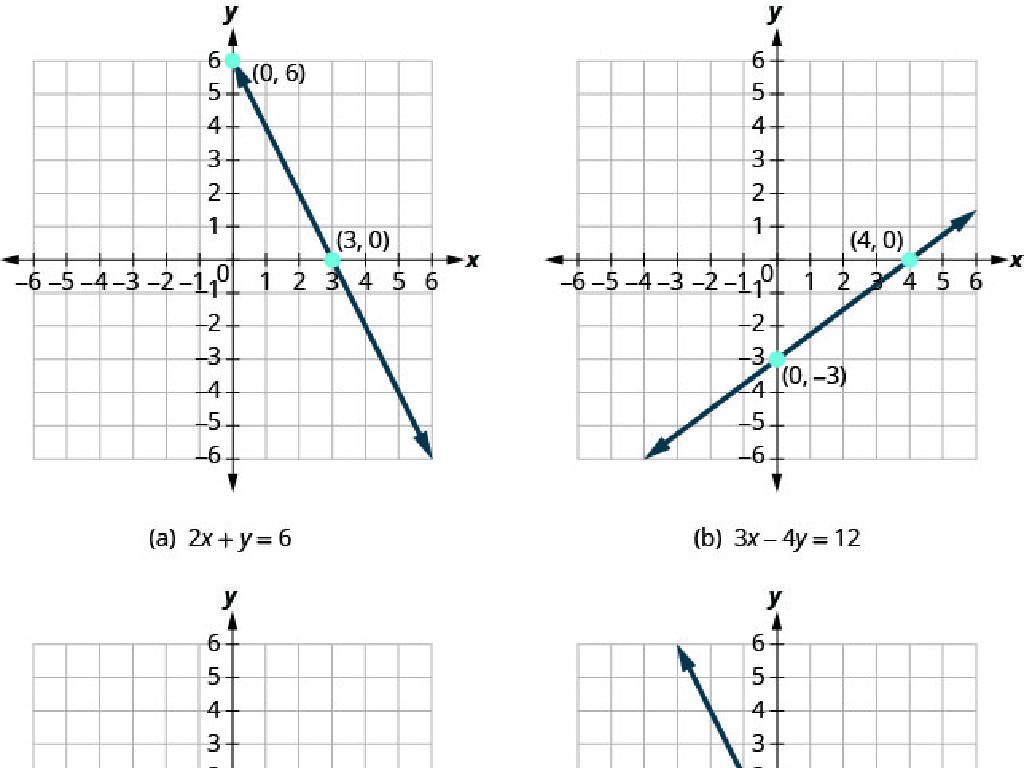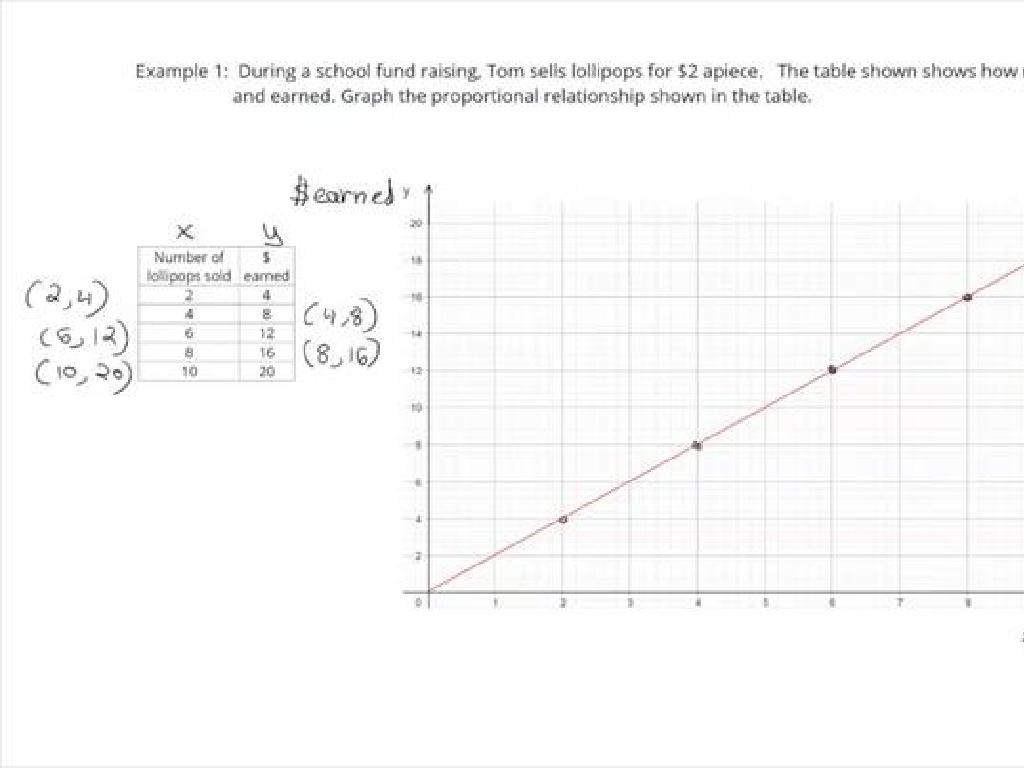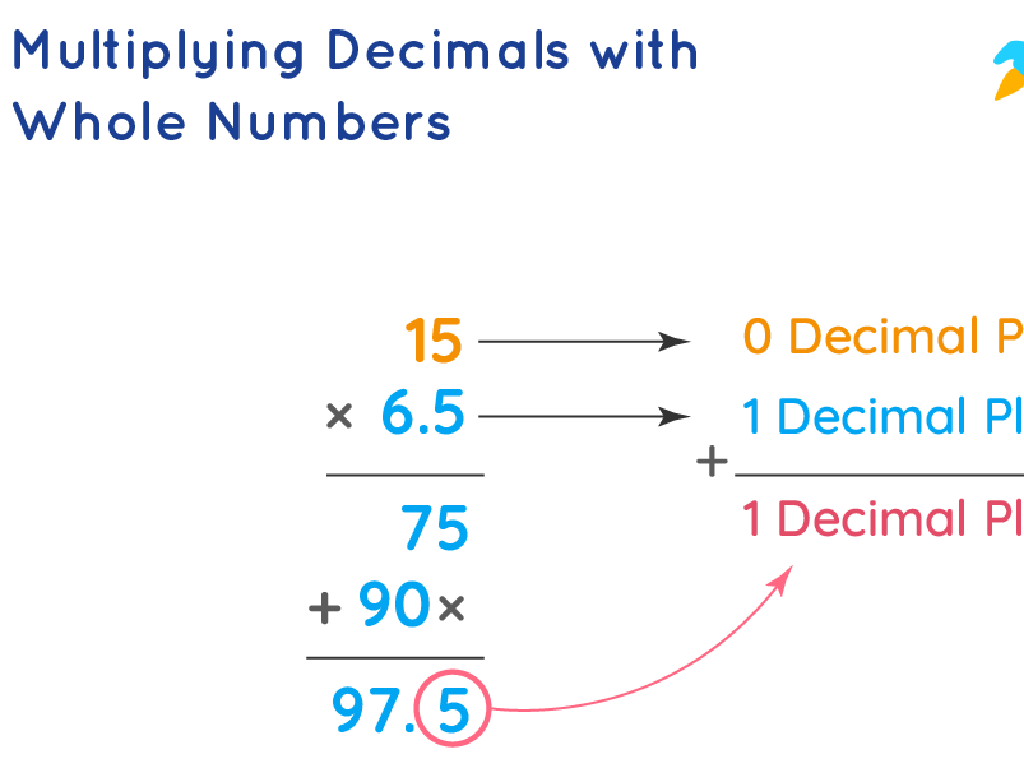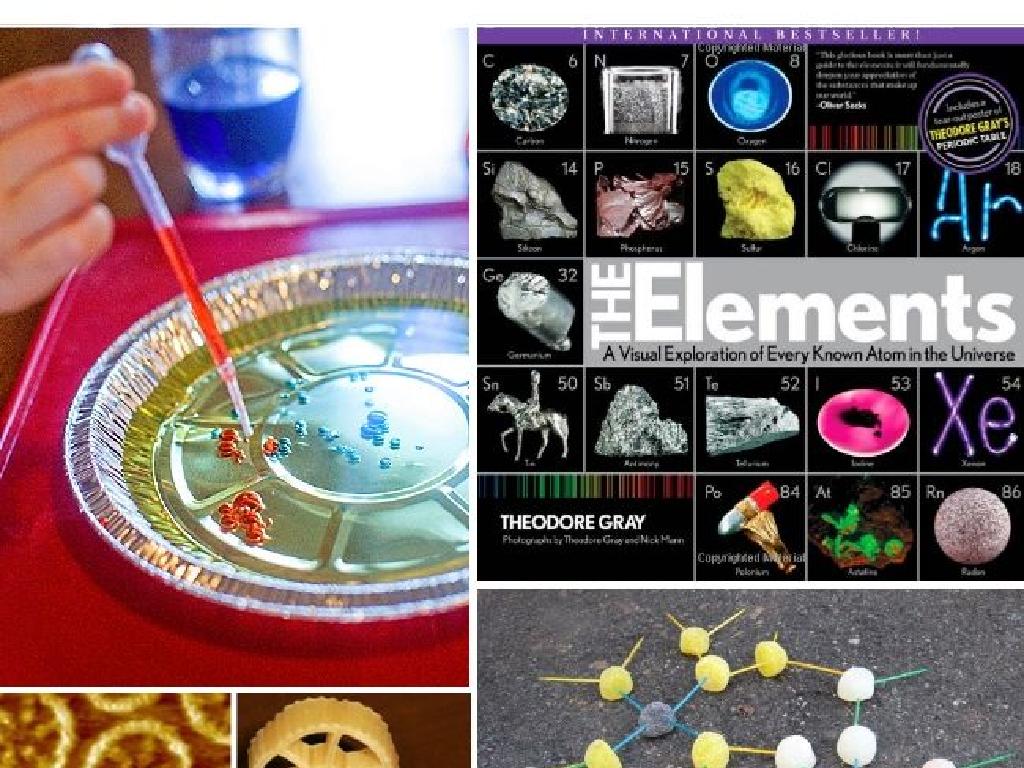The Big Bang
Subject: Arts and humanities
Grade: High school
Topic: Big History Project
Please LOG IN to download the presentation. Access is available to registered users only.
View More Content
Welcome to Big History: The Big Bang
– Big History’s interdisciplinary nature
– Combines science, history, and arts to explore the past
– Grasping the Big Bang concept
– The universe’s expansion from a hot, dense state
– Big Bang’s role in cosmic history
– Marks the beginning of space, time, and matter
– Reflecting on the Big Bang’s impact
– Helps us understand the universe’s evolution
|
This slide introduces students to the Big History Project, emphasizing its interdisciplinary approach that weaves together insights from various fields such as science, history, and the arts to explore the past. The concept of the Big Bang is presented as the starting point of our universe, explaining how it expanded from an extremely hot and dense state. Emphasize the Big Bang’s critical role in the history of the cosmos, marking the beginning of space, time, and matter. Discuss how this event has shaped the structure and evolution of the universe as we know it. Encourage students to reflect on the impact of the Big Bang on our understanding of the universe and our place within it. This will set the stage for deeper discussions on cosmology and the interdisciplinary study of our past.
Exploring the Big Bang Theory
– Defining the Big Bang
– The birth event of the universe, from an extremely hot, dense point.
– Evidence supporting the theory
– Cosmic microwave background radiation, redshift of galaxies.
– Big Bang: Origin of space-time
– The moment when space and time began, expanding ever since.
– Understanding cosmic beginnings
|
This slide introduces the Big Bang Theory, which posits that the universe originated from an extremely hot and dense singularity about 13.8 billion years ago. Highlight the importance of evidence such as the cosmic microwave background radiation and the redshift observed in distant galaxies, which support the Big Bang theory. Explain that the Big Bang represents not just the inception of all matter, but also the beginning of space and time itself. The concept is fundamental in understanding our cosmic origins and the subsequent development of the universe. Encourage students to consider the vastness of the universe and the significance of the Big Bang as a starting point for everything we observe in the cosmos today.
Evidence of the Big Bang
– CMBR: Echo of the Big Bang
– CMBR is the thermal radiation left over from the time of recombination in Big Bang cosmology.
– Redshift: Universe Expanding
– Galaxies moving away show redshifted light, indicating the universe is expanding.
– Light Elements’ Abundance
– Primordial nucleosynthesis led to the prevalence of hydrogen, helium, and other light elements.
– Big Bang Model Predictions
|
This slide presents the key pieces of evidence supporting the Big Bang theory. The Cosmic Microwave Background Radiation (CMBR) is a critical piece of evidence, acting as a snapshot of the early universe and providing insight into its conditions shortly after the Big Bang. The redshift of galaxies, observed through their light spectra, supports the idea that the universe is expanding, a prediction made by the Big Bang model. Additionally, the abundance of light elements, such as hydrogen and helium, aligns with the expected outcomes of the Big Bang’s primordial nucleosynthesis. These elements serve as a cornerstone for understanding the early stages of the universe and the subsequent formation of stars and galaxies. Encourage students to consider how these pieces of evidence contribute to our current understanding of the universe’s origins and to explore the implications of the Big Bang theory in the broader context of arts and humanities.
Timeline of the Universe: Post-Big Bang
– Major events after the Big Bang
– Formation of atoms, stars, galaxies
– Hydrogen and helium formed, then gravity pulled matter to create stars and galaxies.
– Development of complex elements
– Inside stars, nuclear fusion created heavier elements which later formed new star systems.
– Birth of our Solar System
– From a cloud of gas and dust, our Solar System emerged about 4.6 billion years ago.
|
This slide aims to provide a high-level overview of the major milestones in the universe’s evolution following the Big Bang. It’s crucial to convey the chronological order and the significance of each event. The formation of the first atoms marked the universe’s cooling, allowing matter to coalesce. Gravity’s role in star and galaxy formation should be emphasized, as well as the concept of nuclear fusion within stars leading to the creation of heavier elements. Lastly, discuss the formation of our own Solar System as a result of these complex processes. Encourage students to appreciate the vast timescales and the intricate natural phenomena that have shaped our cosmic history.
The Big Bang’s Influence on Art
– Artists’ interpretation of the Big Bang
– Visual representations of cosmic events, like the work of artist Chris Parks
– Cosmic imagery in modern art
– Usage of space themes in the works of Andy Warhol and Salvador Dali
– Science and art intersection
– How scientific discoveries about the universe shape artistic expression
– Understanding origins through art
|
This slide explores the relationship between the Big Bang theory and its representation in the art world. Artists often use their work to interpret and visualize complex scientific concepts, including the origins of the universe. Cosmic imagery has been a significant influence in both modern and contemporary art, with artists like Andy Warhol and Salvador Dali incorporating space themes into their work. The intersection of science and art provides a unique lens through which we can understand our beginnings and the universe. Encourage students to think critically about how art can convey scientific ideas and to discuss examples of how these two fields can complement and inform each other.
Class Activity: Cosmic Art Creation
– Create Big Bang-inspired artwork
– Use mixed media for universe stages
– Share and explain your artwork
– Interpret the universe’s history
|
This class activity is designed to blend the creativity of art with the concepts of the Big Bang and the universe’s evolution. Students will use mixed media, such as paint, collage, or digital tools, to create artwork that represents different stages of the universe’s history. Encourage them to think abstractly and use colors, shapes, and textures to convey their understanding of cosmic events. After completion, students will share their artwork with the class and discuss their creative process and the ideas behind their interpretations. This activity will help students express their learning in a creative format and deepen their understanding of the Big Bang through artistic expression. Possible variations of the activity could include group projects, a gallery walk, or even a virtual showcase for remote learners.





